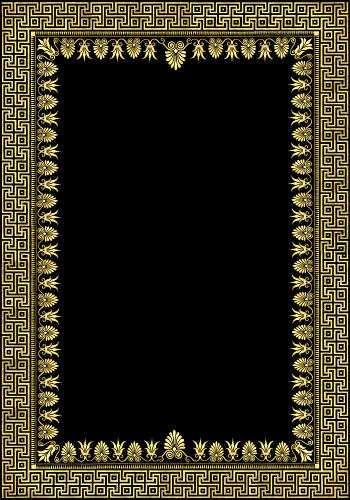J.C. King interview: December 2014
by Clara Inés Schuhmacher
for Make Music New York.
Kalimbas are something of a peripheral instrument in the United States. What's your first memory of one? And what inspired you to write music for this instrument?
My first memory of a Kalimba is lost in childhood, I only remember thinking it was a magical sounding voice - close to something of nature. Like most of my experiences with folk instruments I was Immediately fascinated. I'm inspired by folk instruments generally and what they represent of the artistic ingenuity of the working poor. I think there is something valuable to the experience of working with an instrument that feels born more of necessity than privilege. Often these instruments in their more primitive forms - utilizing found, discarded and re-appropriated materials - represent a process of improvisation in the build of the instrument itself. It's this relationship with improvisation - the pragmatic, practical ingenuity born of necessity - that relates to that same element in the lives of the working poor. I was attracted to facilitating a public work with that focus.
Be honest -- how many Kalimbas do you have in your possession right now?
Until recently I only had one, assembled of very slender means ( Plywood, hammered nails, soda can, staples ). Then I started to build the six for the Kalimbascope ensemble. However, I have had the pleasure of playing many - one of my recent favorites Is made mostly of spoons.
What came first – the instruments or the piece? What’s the composition process like?
The concept was the impetus for this piece. I wanted to build these instruments and have the potential of that process manifest in an authentic and unique character of music. Then have that same intention grow to facilitate an experience for the public. Once this vision was reached, the means has been about creating access for public engagement, and a stimulating musical context.
How are you making the custom Kalimbas? What materials and where are you finding them? How do you tune one to the key you want?
I'm making the instruments at my home in Bushwick, with some pretty common household tools. They are two versions of three designs I've assembled somewhat through trial and error, as well as the wealth of information Kalimba enthusiasts worldwide have contributed to the internet. These instruments are made from pine, sourced from a lumber shop here in Bushwick and some from the street. the bridges are made from some aluminum tubes that we're used in the xylophone from Bells/Door, a similar public participatory piece that took place last summer. Most of the hardware is pretty common and came from neighborhood hardware stores and the tines are made of spring steel. Parts for the electronics are sourced from online retailers and a neighborhood shop. These Kalimbas have adjustable bridges which allow for easy movement of the tines, the tine is lengthened or shortened across the bridge to tune the pitch.
You're no stranger to composing music for unusual spaces. What's interesting or challenging about this particular space (the park, side walk, movement)?
I'm interested in Movement, Public Art, and the transient transformation of Public Space. I believe the abstract potential of enriching Public Space with the unexpected - celebrating inclusive expression with apparently accessible means - can be empowering for everyone.
Any advice for participants joining us on December 21?
Stay Radical. Build a Kalimba or bring your own and tune it to (TBA). If you can clap on beat you will find the music easily, if you can't and your inspired - come anyway. Hand chimes and bells in (TBA) are welcome as well. Costumes are also welcome for those who enjoy them.
